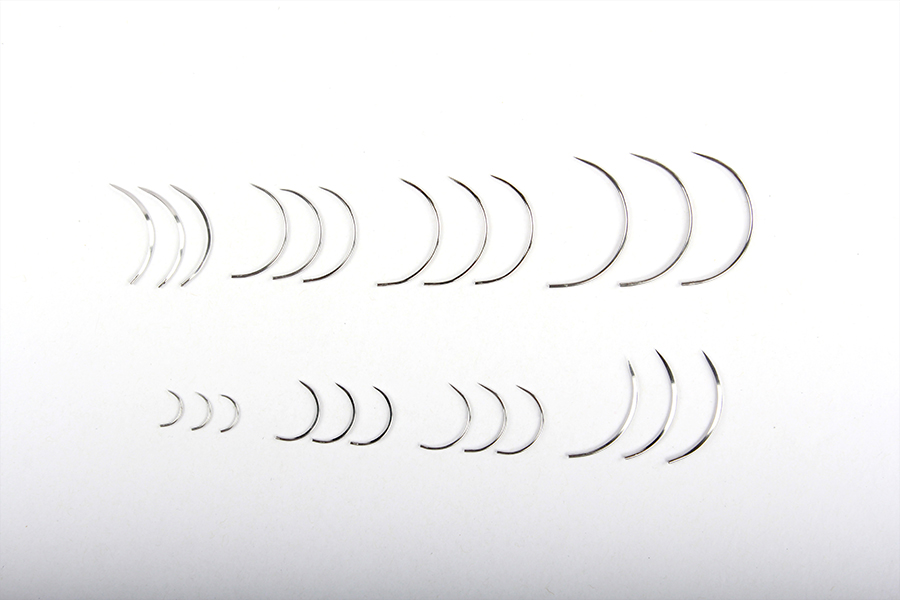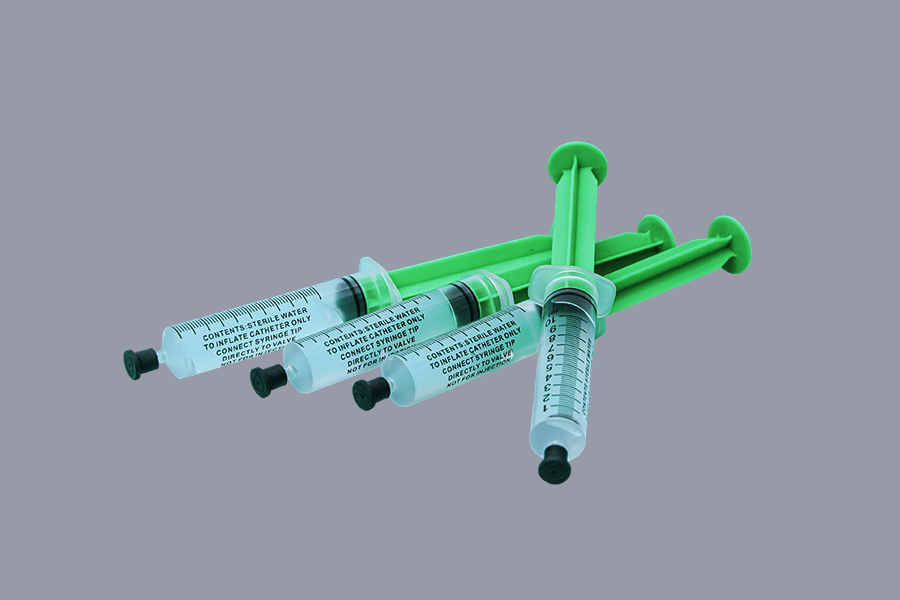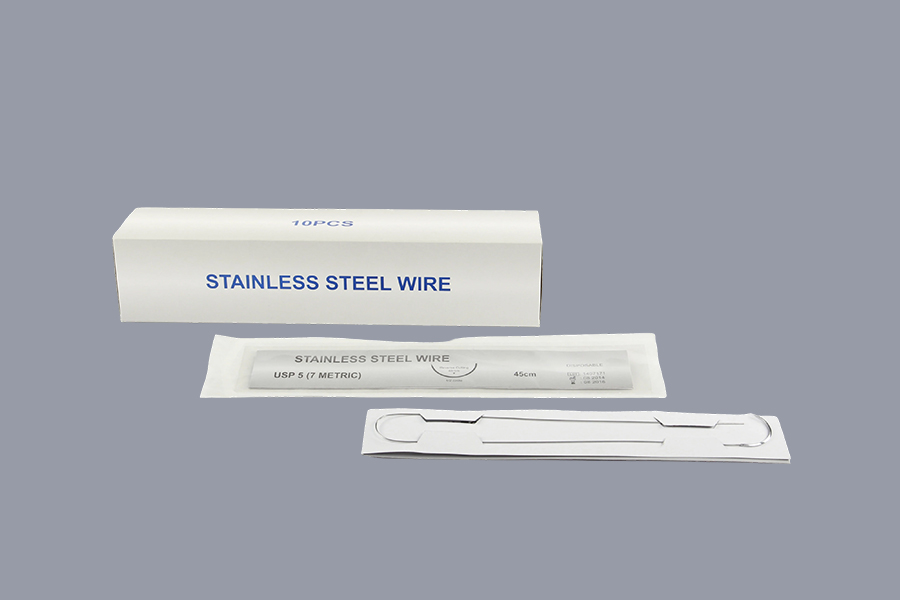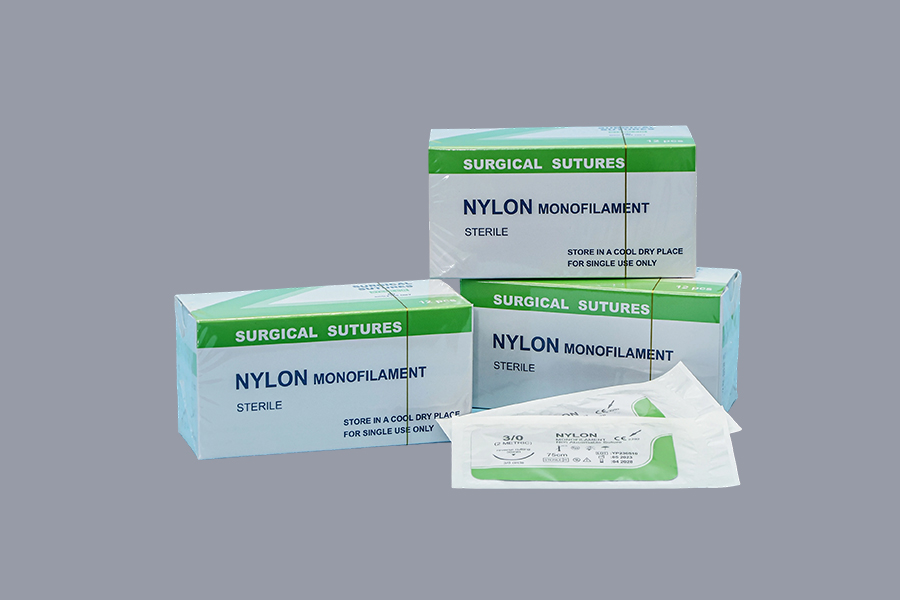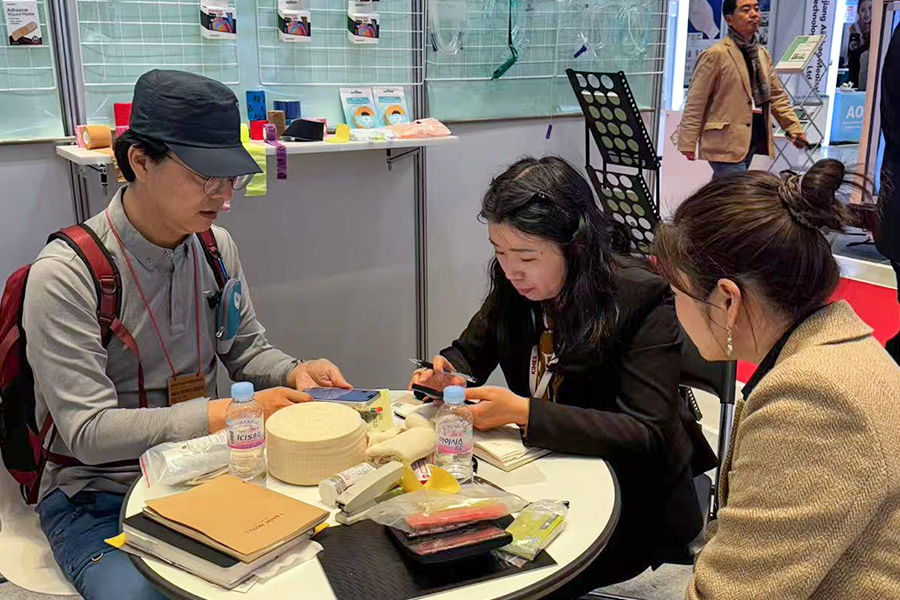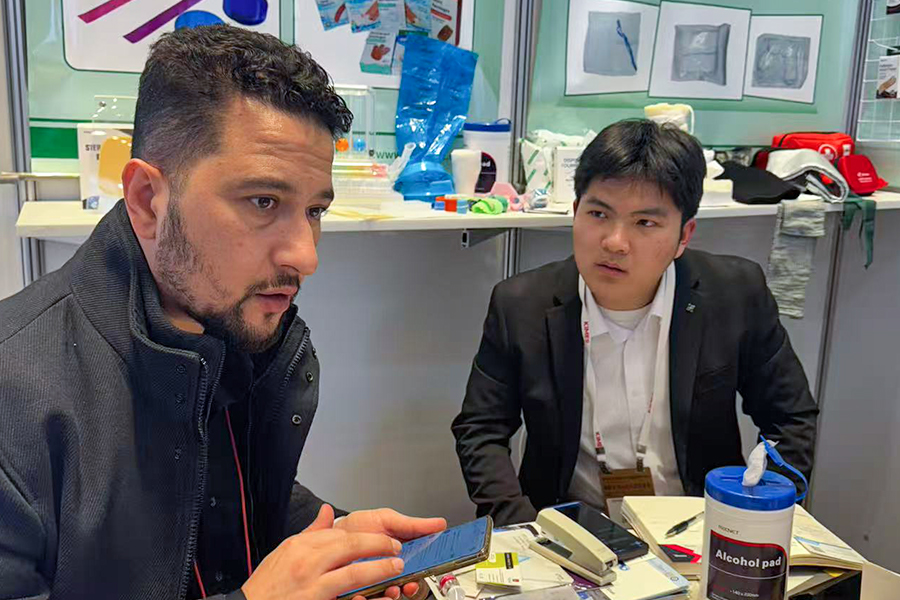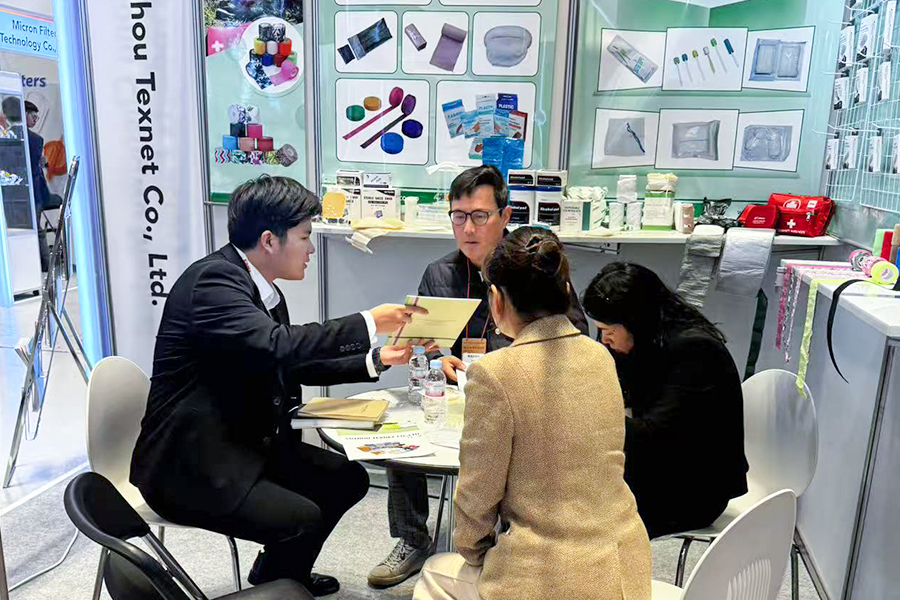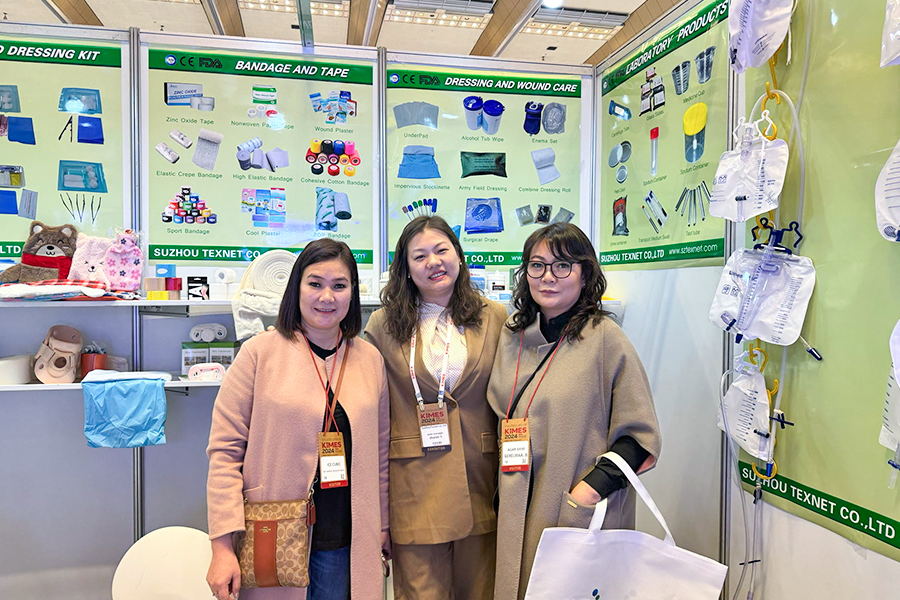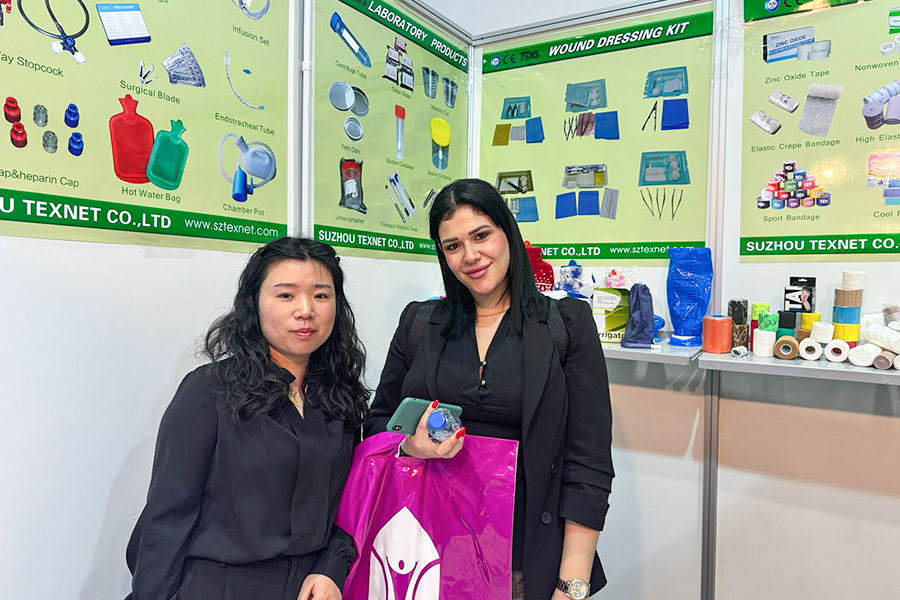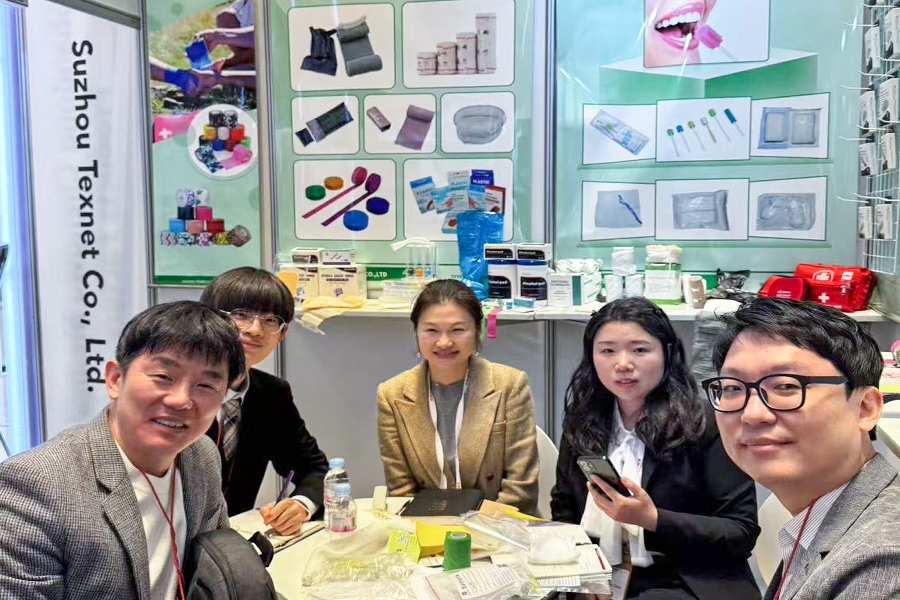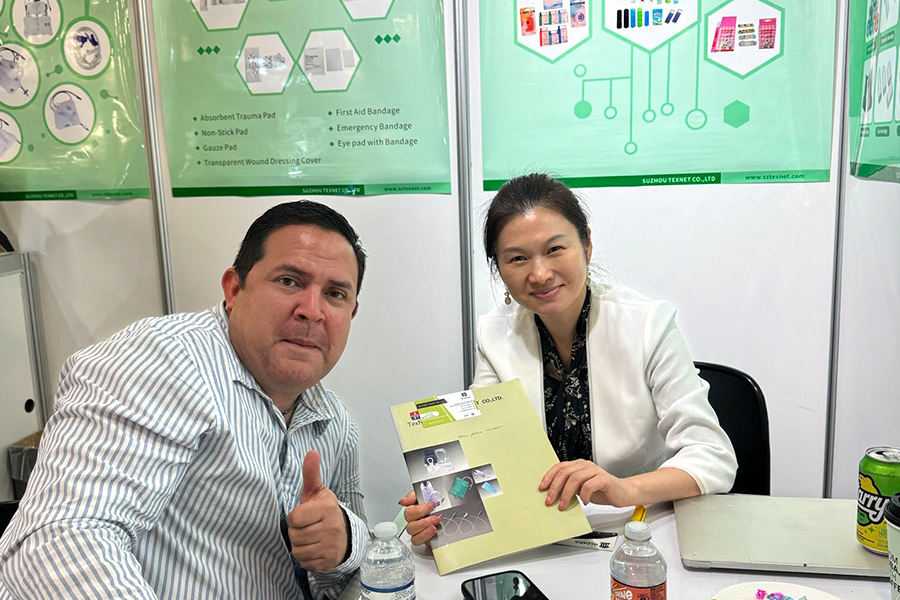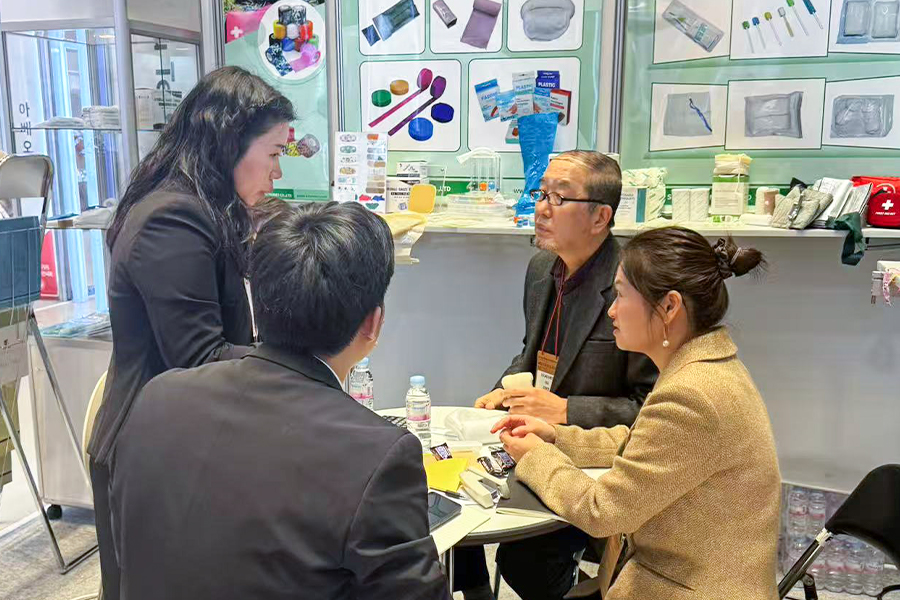
- Bandages
- Medical Tapes
- Cotton Products
- PPE Products
- Urology&Feeding Products
- Gauzes
- Procedure Kits&Dressings
- Catheters
- Surgery&Nursing
- Surgical Instruments
- Surgical Sutures
- Surgical Needles
- Surgical Blades
- Blood lancets
- Electrosurgical Pencils
- ECG
- Nasal cannulas
- Oxygen masks
- Nebulizer masks
- Venturi masks
- Spirometer
- Syringes
- Infusion sets
- IV cannulas
- Sharp boxes
- Three way Stopcocks
- Heparin caps
- Forceps
- Guedel Airways
- Light covers
- Tourniquet covers
- Lurbricant Jelly
- Lab Consumables
- Oral Care&Cleaning Products
- Sports Support
Comprehensive Guide: Essential Items for a Well-Stocked First Aid Kit
A first aid kit is a fundamental tool in any household, vehicle, or outdoor adventure. Its purpose is to provide immediate care for injuries and medical emergencies before professional help arrives. The contents of a first aid kit may vary depending on personal needs and the environment (e.g., home, car, hiking), but some essentials should always be included. This guide will cover the basic items that every first aid kit should have, and then explore specialized items for specific situations.
1. Basic First Aid Supplies
Adhesive Bandages (Plasters)
These are the most common item you'll use for small cuts, abrasions, or blisters. Choose a variety of sizes to cover different wound areas.
Gauze Pads
Used for cleaning and covering wounds, gauze pads help to stop bleeding and prevent infection. Make sure to have a few different sizes to accommodate varying wound sizes.
Adhesive Tape
To secure bandages, gauze pads, or other dressings in place, adhesive tape is necessary. It's best to have a strong, skin-friendly variety to avoid irritation.
Sterile Cotton Balls or Swabs
For cleaning wounds or applying antiseptic to injuries, cotton swabs and balls are incredibly useful.
Antiseptic Wipes or Solution
Antiseptic wipes or a mild antiseptic solution (like iodine or hydrogen peroxide) are essential for disinfecting wounds before bandaging.
Antibiotic Ointment
A small tube of antibiotic ointment like Neosporin can help prevent infection in minor cuts and scrapes.
Alcohol Wipes
Used for cleaning tools or skin when sterilization is necessary, alcohol wipes are a good addition to your kit.
Sterile Eye Pads
In case of eye injuries or contamination (dust, chemicals), sterile eye pads can help protect the eye and prevent further damage.
Elastic Bandage (Ace Bandage)
Elastic bandages are versatile and can be used for sprains, strains, or to wrap injuries. They're especially helpful for immobilizing a joint after an injury.
Scissors
Small, sharp scissors can be used to cut bandages, gauze, or tape. You might also need them to trim clothing or other materials in emergency situations.
Tweezers
A good pair of tweezers is essential for removing splinters, ticks, or other foreign objects.
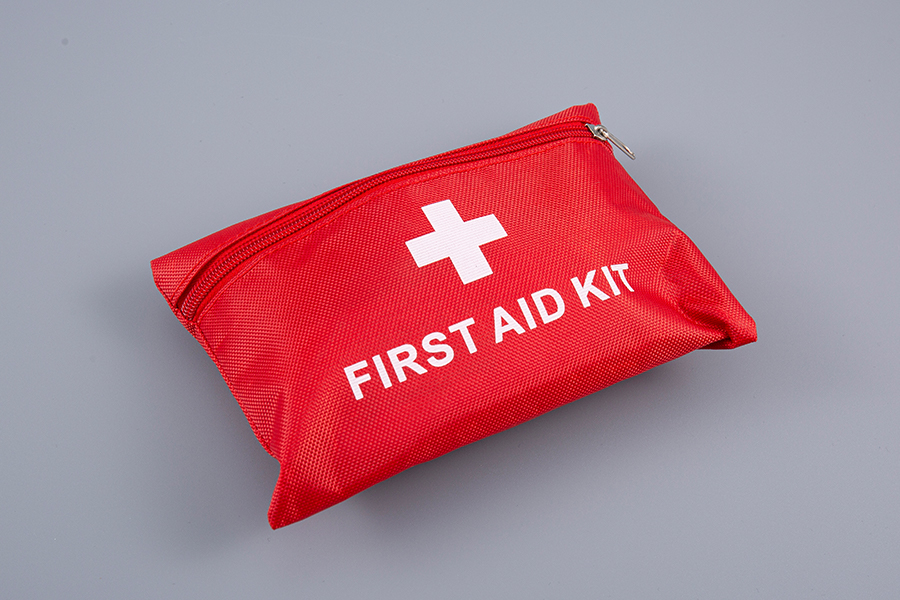
2. Over-the-Counter Medications
Pain Relievers (Aspirin, Ibuprofen, Acetaminophen)
Include a selection of common pain relievers to manage pain from injuries, headaches, or inflammation.
Antihistamines
For allergic reactions, antihistamines can help alleviate symptoms such as swelling, itching, and rashes caused by bites, stings, or allergens.
Anti-diarrheal Medication
For gastrointestinal issues like diarrhea, anti-diarrheal medication (like Imodium) can be a lifesaver.
Cough and Cold Medicine
A mild cold and cough remedy can be included in case of respiratory issues.
3. Specialized Medical Supplies
Thermometer
A thermometer helps in determining the presence of fever, which is crucial in diagnosing illnesses or infections.
Burn Cream or Gel
For burns, a cooling gel or ointment can provide immediate relief and prevent infection. Aloe vera gel is a natural alternative.
Instant Cold Packs
Cold packs are perfect for reducing swelling, pain, and bruising. Instant cold packs are easy to activate and don’t require refrigeration.
Elastic Compression Wrap
In case of sprains or strains, an elastic compression wrap can help reduce swelling and provide support.
4. Emergency Equipment
CPR Face Shield
For performing CPR, a face shield or mask can help protect the rescuer and victim from potential infections during mouth-to-mouth resuscitation.
First Aid Manual
Having a first aid manual or emergency guide can be crucial during a crisis. It helps you understand how to respond to various medical emergencies like heart attacks, severe bleeding, or fractures.
Gloves (Disposable)
Disposable gloves protect you and the injured person from bloodborne pathogens. Latex-free gloves are preferred for those with latex allergies.
Burn Dressings
Burn dressings specifically designed for treating burns should be included in your kit. These can provide cooling and reduce pain.
5. Environmental Considerations
Sun Protection
If your first aid kit will be used in outdoor or sunny environments, include sunscreen and lip balm with SPF. Sunburns can happen quickly and are painful to treat.
Insect Bite Cream
In case of mosquito bites or stings from bees, wasps, or other insects, an insect bite cream can relieve itching and prevent infection.
Emergency Mylar Blanket
These compact, heat-reflective blankets can provide warmth in a cold or emergency situation, helping to prevent hypothermia.
Water Purification Tablets
For outdoor adventures, water purification tablets are essential in case you need to drink from an unfiltered water source.
6. Additional Personal Items
Medical Information
If you have a chronic condition (like diabetes, epilepsy, or allergies), include a copy of your medical information in your first aid kit, along with any necessary prescriptions or medical devices (like an EpiPen for severe allergies).
Personal Medications
Keep a few days’ supply of any prescription medications you take regularly, especially if you're traveling or in a remote location.
Eye Wash or Saline Solution
For cleaning the eyes in case of irritants or debris, an eye wash or saline solution can be helpful.
7. Optional But Helpful Additions
Snake Bite Kit
For outdoor enthusiasts in areas where venomous snakes are a concern, a snake bite kit may be necessary.
Splints
A splint can stabilize broken or sprained bones until medical help arrives.
Duct Tape
Versatile and useful in a pinch, duct tape can help secure bandages, dress wounds, or even fix gear in an emergency.
8. Replenishment and Maintenance
Regularly check and replace expired or used items in your first aid kit. This ensures you’re always prepared when an emergency occurs.
Conclusion
A well-stocked first aid kit is an invaluable asset for any household, car, or outdoor adventure. The basic items like bandages, antiseptics, and pain relievers should always be included, while specialized items can be added based on your personal needs, environment, or lifestyle. Whether you’re at home, traveling, or enjoying outdoor activities, having a fully stocked and accessible first aid kit can make a significant difference in handling medical emergencies efficiently and effectively.
-
Elevating Standards in Heal...
Medical Gowns: A Critical Component of Healthcare Protection Medical gowns are essential protective gear in healthcare, providing crucial barriers against contamination, bodily fluids, and infection. These garments are designed to protect healthcare professionals, patients, and surrounding environme...
-
Types of Gowning: Medical, ...
Overview: What “Types of Gowning” Means in Practice Gowning refers to the selection, use and maintenance of specialized clothing worn to protect people, products, or both. This article focuses on practical distinctions among the most common gowning categories — clinical/medical, cleanroom (pharmaceu...
Copyright © SUZHOU TEXNET CO., LTD.

The information provided on this website is intended for use only in countries and jurisdictions outside of the People's Republic of China.

 English
English Français
Français Español
Español Português
Português عربى
عربى